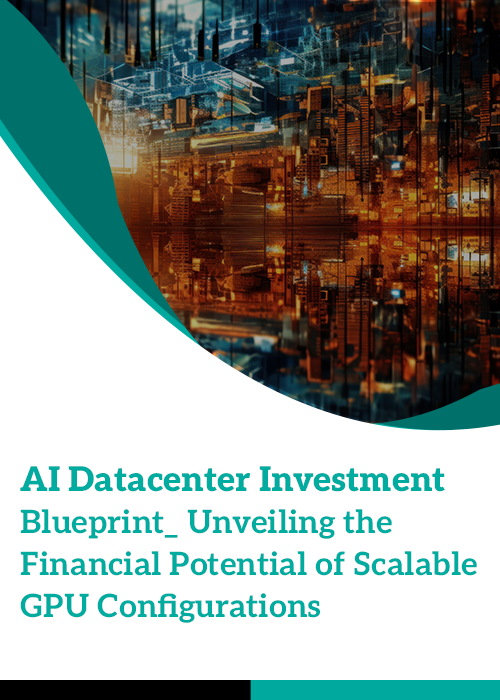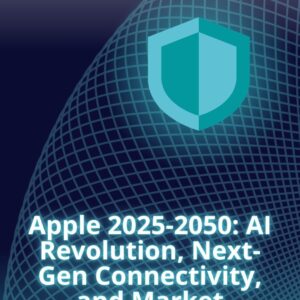Description
This report presents a comprehensive analysis of the investment required to set up and operate AI datacenters, aiming to support advanced AI workloads with potential applications ranging from drug discovery and autonomous vehicles to personalized healthcare. Targeting investors, executives, and data center managers, it outlines the project’s goals, scope, and methodology, offering a detailed breakdown of capital investment and monthly operating costs, along with a financial analysis including ROI, payback period, and sensitivity analysis.
Potential Use Cases and Applications highlight the transformative impact of AI datacenters across various sectors. By examining companies and organizations with similar setups, the report underscores the broad spectrum of opportunities these investments unlock, demonstrating the real-world benefits and competitive edge they can offer.
Methodology section elaborates on the data sources, pricing information, and calculations underpinning this analysis, while transparently addressing the assumptions and limitations that frame the report’s findings.
Capital Investment Breakdown delves into the costs associated with hardware, power and cooling, racks and cabling, security and monitoring, and additional considerations like fire suppression. This comprehensive cost analysis lays the groundwork for understanding
the substantial financial commitment these setups entail.
Monthly Operating Costs assesses ongoing expenses, including electricity, cooling, network and storage fees, software subscriptions, staffing, and maintenance. This section is crucial for investors and managers to gauge the operational efficiency and sustainability of
AI datacenters.
Financial Analysis offers insights into the potential financial returns of such investments. By calculating ROI and estimating the payback period, it provides a quantitative foundation for decision-making. Sensitivity analysis further enriches this perspective by examining the impact of variable factors on the project’s financial viability.
Key Considerations and Challenges addresses the hurdles and risks associated with deploying large-scale AI datacenters, from scalability and talent acquisition to environmental considerations. It also proposes strategies to mitigate these challenges, ensuring informed and strategic planning.
Conclusion synthesizes the report’s findings, emphasizing the significant benefits and potential ROI of AI datacenter investments. It reaffirms the strategic value of these infrastructures in harnessing AI’s power, guiding stakeholders through informed decision�making processes to capitalize on the emerging opportunities within the AI landscape.
This report serves as a valuable resource for stakeholders contemplating the leap into AI datacenter investments, offering a detailed roadmap for navigating the financial, operational, and strategic considerations involved





